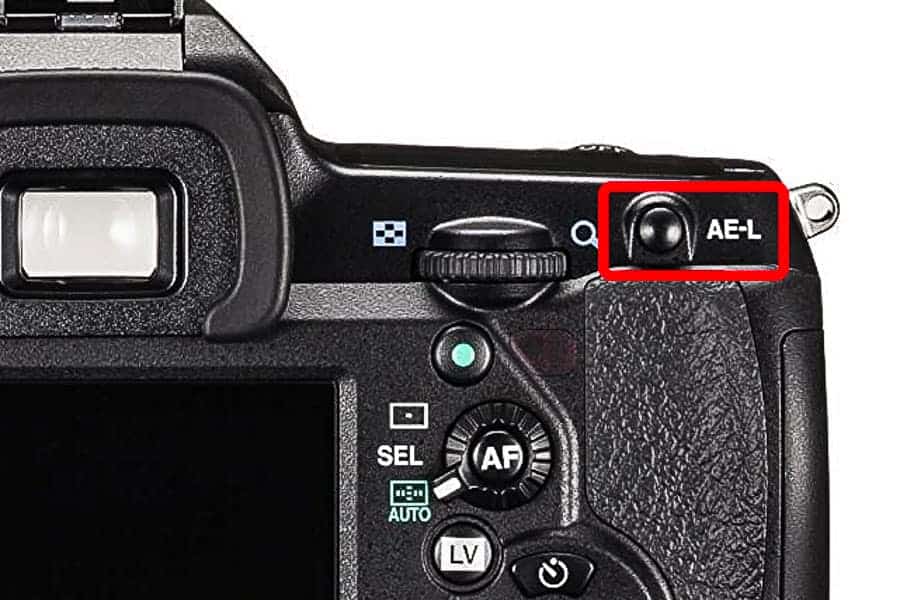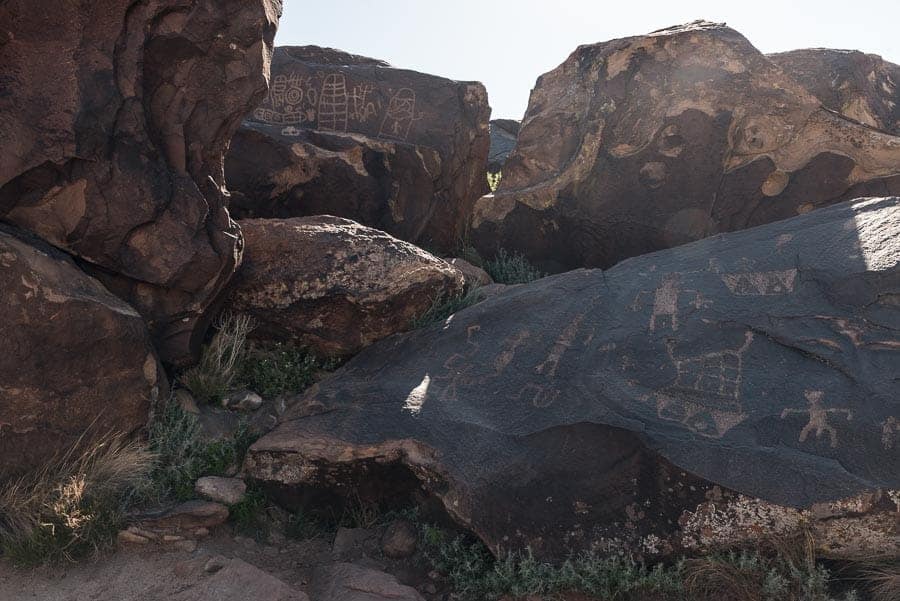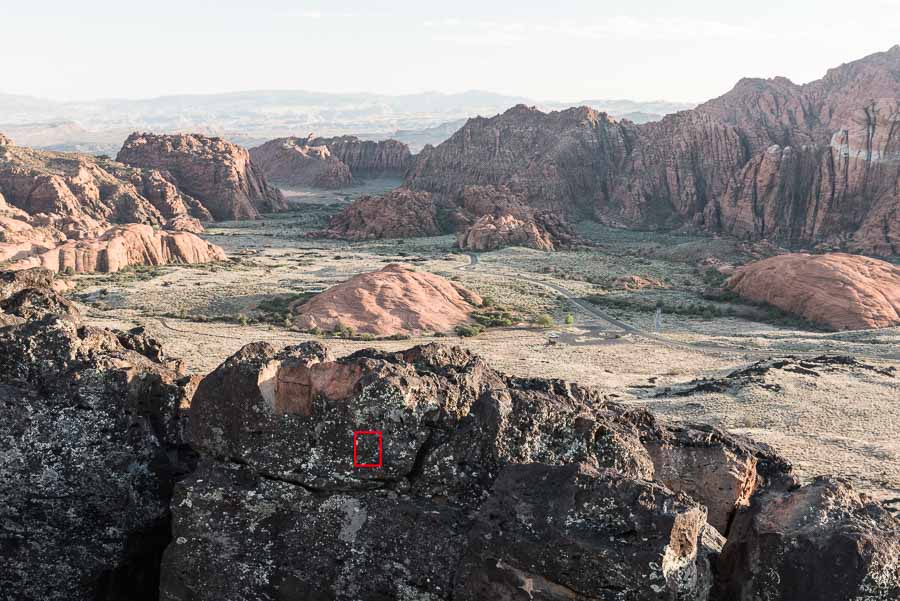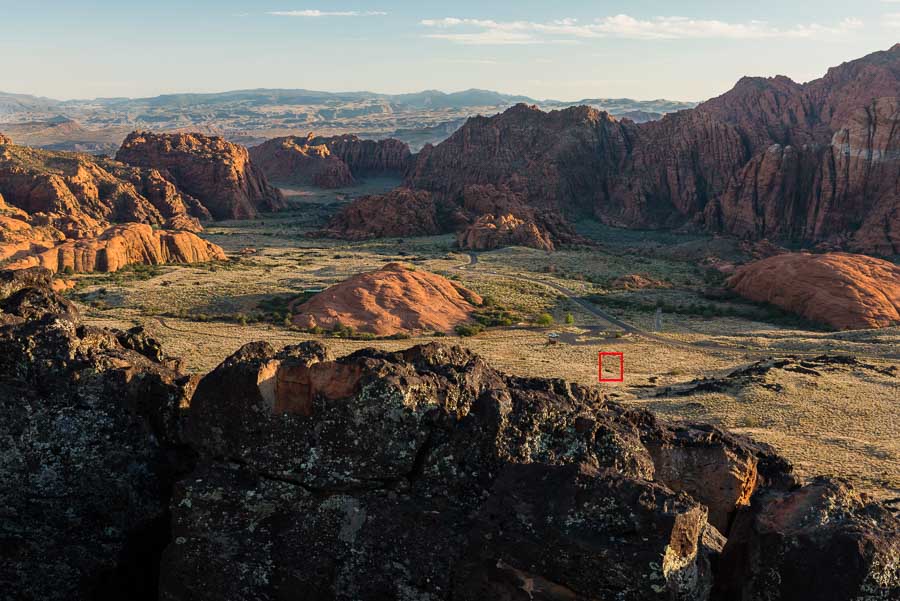
You’ve seen the little button on your camera and wondered “What the heck is AE-Lock? What does it do? Is it something I should be using and, if so, when?” This article will cover the ins and outs of what you need to know about Auto Exposure Lock.
What is AE-Lock?
Auto Exposure Lock is what it says it is – a function on most cameras (including smart phone cameras) that allows you to select and lock in your exposure setting. AE-L only works in one of the automatic modes (Program, Aperture Priority, Shutter Priority, etc.). It is sometimes found combined with Auto Focus Lock in a button marked AE-L/AF-L, like on my Nikon (which can be programmed to lock the exposure only, lock the focus only or lock both). Canon uses an asterisk to denote its AE-L button. My old Pentax K-5 and the new Sony A7riii both have a dedicated AE-L button. On my iPhone, it’s a yellow box and a sun icon that appear when I tap the screen.
AE-L is most often used by new photographers. In a Photo Taco episode Jeff Harmon polled listeners and found 57% never use AE-L, 12% used it rarely, 7% used it regularly and the rest didn’t even know what it was. In fact, many experienced photographers will reprogram the AE-L button to back button focus.
AE-L can be handy, though, as you’re learning. It allows you to override what the camera wants to do and tell the camera what you want it to do. And that can make a big difference in whether your shots are keepers or destined for deletion. If the thought of interpreting histograms gives you the willies, AE-L might be for you!
The AE-L button is typically on the back of the camera and can be operated by your thumb. Some cameras want you to press and hold the AE-L button until the photo is taken. Others let you press the button once and release, which activates a timer that locks the exposure for a specific amount of time. Check your camera’s manual. Yes, that thick paper thing nobody reads.
Depending on your camera make and model, AE-L may also lock in White Balance, which could potentially pose a problem if you’re shooting in JPG.
In most cases, the locked exposure goes away once a photo is taken. Canon has a relatively new feature called AE Lock with Hold, which can be turned on and assigned to a button using the Custom Functions Menu. In AE Lock with Hold, once the assigned button is pressed, the exposure setting is locked until that button is pressed again. Useful for firing several quick exposures, perhaps a bird flying or a child running. Not so helpful if you forget for your next composition! Another case for consulting that manual thingy . . . or doing some Googling for the information specific to your gear.

Big whoop. Why should I override my camera?
If your camera is set in one of the automatic modes (Program, Aperture Priority, Shutter Priority, etc.), when you press the shutter button half-way down, the camera will take a reading and automatically set your exposure and, depending on your settings, also fix your focus. The camera bases this “ideal exposure” on your choice of metering mode—matrix, center-weighted or spot. With matrix and center-weighted modes, the camera evaluates the entire scene, but with a small (matrix) or large (center-weighted) bias towards the brightness values at the center of your image. Spot mode makes your camera set the exposure based on a small area around the designated spot.
Bear with this a minute. You have to understand the basics of exposure to understand AE-L and why or where you might want to use it.
Your camera is programmed to want the average brightness value in a photo to be equivalent to a middle shade of gray, halfway between black and white. Often, that works. However, with a really bright scene, like snow or a sunny beach, the camera will want to make everything darker and closer to mid tones. If you’ve ever wondered why your photos of a beautiful, white snowfall turn out gray, that’s why. And, if you’re shooting a very dark subject, like a close up of your adorable black lab, the camera will want to lighten the dog to a medium gray. So, you’ll often have to exercise some thought in determining the “right” exposure.

If you only take photos where your subject is a mid-tone brightness level and right in the center of the frame, you’re good to go. You don’t need AE-L or AE-L/AF-L or the * button (or any more advice from me).
If that’s the case, though, what you will need is a healthy injection of creativity because those images will probably be boring, boring, boring! You may need to spend some quality time with Improve Photography’s free Photography Basics Course. And if more talk about exposure gives you the willies, Brenda Petrella has a clear and easy-to-understand introduction to exposure and exposure compensation.
OK, I’m curious. What can I do with AE-L?
AE-L comes in handy in scenes where there are different levels of brightness in different areas—bright highlights, dark shadows and some mid tones. The camera wants to make the predominant tone a medium gray. So, if a really big, really bright area is near the center of your image, or takes up a large amount of your image, it can fool the camera into underexposing. If a really large, really dark area is near the center of the photo, or takes up a large amount of your image, it can fool the camera into overexposing. The solution is to point your camera at an area of mid tones, lock your exposure, then frame up your composition and shoot.

This is most basic use of AE-L, and it’s likely the example used in your camera’s manual. Yes, that thick paper thing nobody reads.
Imagine you are visiting Paris and you are taking a photo of your spouse (who is, of course, the most important and sublimely beautiful or handsome subject imaginable) in front of the Eiffel Tower (a drab and uninspiring background). Your honey is in shadow. The Eiffel Tower and Champ de Mars are bathed in bright, golden light. You artfully compose with the Tower to the left and your spouse to the right. Because your spouse is the subject, you want him or her in perfect focus and at a good exposure. However, your beloved only occupies a small portion of the image. The rest is that really bright background. Your camera is going to want to underexpose the photo and that’ll make your partner a silhouette.
So, first move your camera and zoom in so your wife or husband’s smiling face is in the center of the frame, press the shutter button half-way down, press the AE-L button, move the camera back to that perfect composition, then press the shutter button all the way down. Viola! You have a great shot and a happy memory, not a silhouette.
What if I’m neither married, nor in a relationship, nor going to Paris?
Too bad. Paris is lovely! But AE-L can still be a valuable tool in your photographic arsenal, particularly if you’re shooting in Aperture or Shutter Priority mode, and especially if you’re short of time.
What if you want to base your exposure on something different than where you want to place your focus? AE-L to the rescue.

At sunrise and sunset, you get bright vibrant colors, deep shadows, and some tones in between. The light is changing fast and you don’t have time to carefully meter everything. If the colorful sky takes up a lot of the image area, the camera is going to expose for the sky and your shadows will get so dark they might lose all detail. If, on the other hand, dark shadows on the land predominate and the sky is a small portion of the image, the camera will expose for the shadows, making them brighter and making your sky so bright, it might lose detail and color. The solution is to take your exposure reading somewhere else that’s closer to a middle tone, lock the exposure, and recompose to get the composition you want.
Think about a panorama. The brightness level might change as you move from shot to shot across the panorama. With auto exposure, each shot could have a different exposure. Each individual photo could be darker or lighter than the next. You don’t want that because it will be impossible to smoothly blend your shots. Finding an area of mid tones in the scene and locking your exposure on that will keep the lighting consistent and allow a much better blending of the images into your final panorama.
In the Photo Taco episode, one of the listeners wrote that he used AE-L when shooting stage performances. The theater lighting was constantly changing in color and intensity and the dancers, actors or musicians moved about the stage. The photographer had great success using AE-L. He was able to find a good exposure, lock it in, and get his shot regardless of what the stage lights were doing.
AE-L may not be the biggest thing since sliced bread, but it has its uses. It can be a big help to relatively new or inexperienced photographers. Even though you’ll probably outgrow it fairly quickly, it’s good to know it’s there!
Do you have a unique or interesting use for AE-L? Tell us about it in the comments, below.

Was that picture in the Valley of Fire?
Hi Daryl
The last two photos were of Snow Canyon outside St. George, Utah. You’re right not note that it does share some similarities with Valley of Fire.
Frank
I’m afraid I don’t like the idea of hanging onto the shutter button halfway down. If that’s what it takes, I’m going for manual settings for shutter, aperture and ISO. Then the ONLY variable left is focus, and I’m outa here! That’s much less likely to result in other problems, like camera shake, too – because you’re freed up to hold the camera steady and just push one button.
Of course that doesn’t mean everyone else has to do the same. After all, everyone is different, and we each have to find our own way. Whatever suits you – whatever you’re comfortable with.
I’m with you on that. AE-L helps you avoid having to half-press and hold the shutter button. With Canon, e.g., you half press once, press * and release both. Then you can compose with all your fingers available and nothing half pressed. But, like I said, most photographers quickly outgrow any need for AE-L. It’s just easier to set exposure other ways.